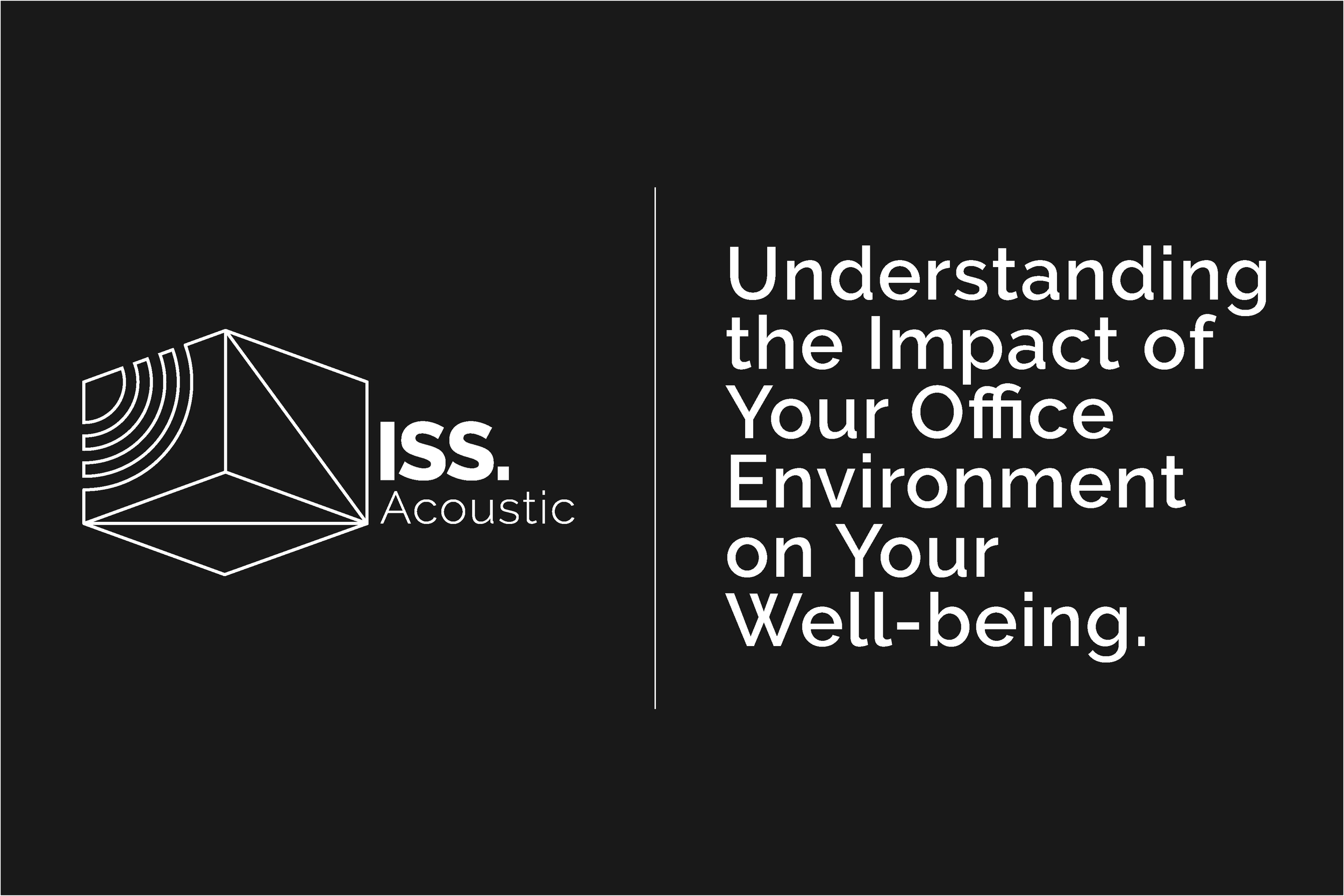Understanding the Impact of Your Office Environment on Your Well-being
Understanding the Impact of Your Office Environment on Your Well-being
Do you ever wonder how your workplace in impacting your wellbeing? In our fast-paced modern lives, where the majority of our time is spent at work, it's crucial to consider the impact of our office environment on our overall well-being. With studies indicating that 70% of employees have experienced poor mental health at some point in their lives, it's time to reflect: if we're dedicating so much of our time to our workplace, shouldn't we expect our employers to prioritise our well-being?
The resounding answer should be a definitive "Yes!"
Employee well-being isn't just a matter of personal health; it directly influences organisational success. Research consistently demonstrates that when employees feel valued and supported, they are more likely to stay with a company, be more productive, and produce better outcomes. In fact, organisations that invest in workplace mental health initiatives see a remarkable return on investment, with every £1 spent yielding a return of £5.30.
Mental Health at Work - Mind Charity
While the topic of mental well-being is vast and intricate, there are numerous ways employers can contribute to the mental health of their workforce. But why are these environmental aspects vital for both individual health and organisational success? A fundamental step is understanding the wellness model, which encompasses various dimensions including environmental, financial, emotional, intellectual, physical, occupational, spiritual, and social well-being.
Prioritising environmental, financial, emotional, intellectual, physical, occupational, spiritual, and social wellness in the workplace is essential for fostering employee engagement, satisfaction, and well-being. By addressing these dimensions, organisations can create a supportive environment where employees feel valued, motivated, and productive.
Environmental Wellbeing:
Environmental well-being, often overlooked in the workplace, plays a pivotal role in the wellness model. Understanding how surroundings influence happiness is crucial, encompassing factors such as sound quality, air and water quality, and access to natural light and greenery. These elements are indispensable for comfort, particularly in the workplace, where individuals spend a significant portion of their time.
Financial Wellbeing:
Financial wellness directly impacts one's relationship with money. Achieving financial stability, managing within means, and making decisions aligned with needs are essential. Managing financial stress is vital for a comfortable and stress-free lifestyle.
Emotional Wellbeing:
Emotional intelligence is key to understanding personal and others' emotional well-being. Respecting one's own and others' values and feelings is paramount. Developing self-awareness, resilience, and coping skills fosters healthy relationships and aids in navigating life's challenges.
Intellectual Wellbeing:
Intellectual growth is integral too feeling fulfilled in the workplace. Lifelong learning, critical thinking, creativity, and curiosity are hallmarks of intellectual wellness. Engaging in activities that stimulate the mind and expand knowledge contributes to overall well-being.
Physical Wellbeing:
Sleep, exercise, and nutrition are fundamental components of everyone's lifestyle. In the workplace, prioritising self-care and physical activity is crucial, particularly in sedentary roles. Physical wellness is directly linked to illness prevention and improved quality of life.
Occupational Wellbeing:
Occupational wellness entails finding fulfilment in one's workload and chosen profession. Striving for a balance between work, enjoyment, and personal growth is essential for well-being in the workplace.
Spiritual Wellbeing:
Spiritual wellness involves finding purpose within oneself by developing beliefs and values. Cultivating meaning in life contributes to inner peace and a sense of belonging.
Social Wellbeing:
Social wellness revolves around building and maintaining supportive relationships. Enjoying social interactions and contributing to shared experiences are integral to fostering a sense of belonging. Employers must prioritise sociability in the workplace to cultivate strong bonds among their workforce and promote a supportive environment.
The Wellbeing Model and The Impact of Office Space
As an employer, ensuring that your company meets its targets is undoubtedly important. However, it's equally essential to create an environment that employees genuinely look forward to being a part of each day. Environmental factors play a significant role in shaping the workplace experience. From noise levels to temperature, layout, lighting, and air quality, every aspect of the physical environment impacts employee well-being and productivity.
Noise Levels for workplace wellbeing
Excessive noise can severely disrupt concentration and productivity. Employers can address these issues by implementing acoustic solutions such as acoustic panels or other sustainable options to create a balanced and calming atmosphere within your workplace aocustics.
office Temperature for wellbeing
Maintaining an optimal temperature range of 18 - 24 degrees Celsius fosters comfort and concentration among employees.
Layout for Office Wellbeing
A well-thought-out office layout strikes a balance between promoting social interaction and providing quiet spaces for focused work. This empowers employees to choose the environment where they feel most productive.
Lighting for office wellebeing
Natural light is vital for overall well-being, affecting mood, productivity, and even sleep patterns. Incorporating ample natural light into the workspace enhances aesthetics and creates a more pleasant atmosphere.
Air Quality for Office Wellbeing
Quality air circulation is essential for employee health and productivity. Adequate ventilation and the introduction of indoor plants can significantly improve air quality, reducing illness and enhancing overall well-being.
By designing an office space that prioritises these wellness factors, employers can cultivate a balanced environment conducive to employee happiness and productivity. Across the globe, forward-thinking employers are heeding the call to create healthier workspaces, resulting in happier, more engaged employees and ultimately, more successful businesses.
This holistic approach not only enhances individual health and performance but also contributes to talent attraction, retention, and collaborative team dynamics. Investing in workplace wellness initiatives not only cultivates a positive organisational culture but also yields cost savings through reduced absenteeism and healthcare expenses. Understanding the interconnectedness of these wellness is crucial for creating a thriving and successful workplace environment.
To further explore ways to create a greater wellbeing within your office environment, please explore www.iss-sw.co.uk
Check out our Linkedin on updates on wellbeing within construction and how commercial grade acoustic panels can help to dampen sound an create a healthier environment for your employees and workplace.
For sustainable acoustic panels, please visit:
https://iss-sw.co.uk/sustainable-range




